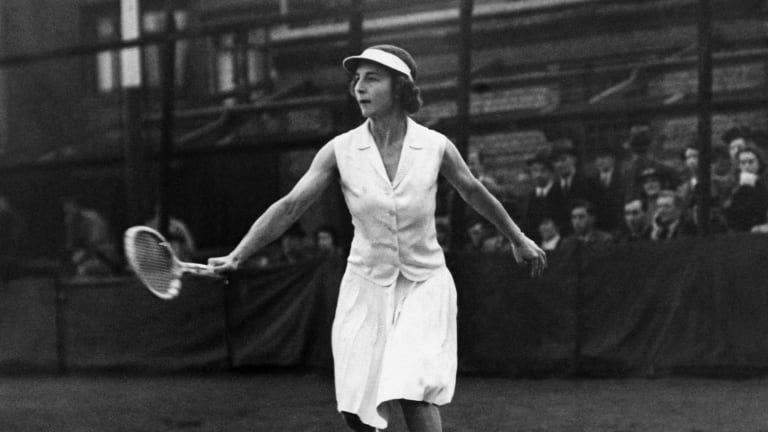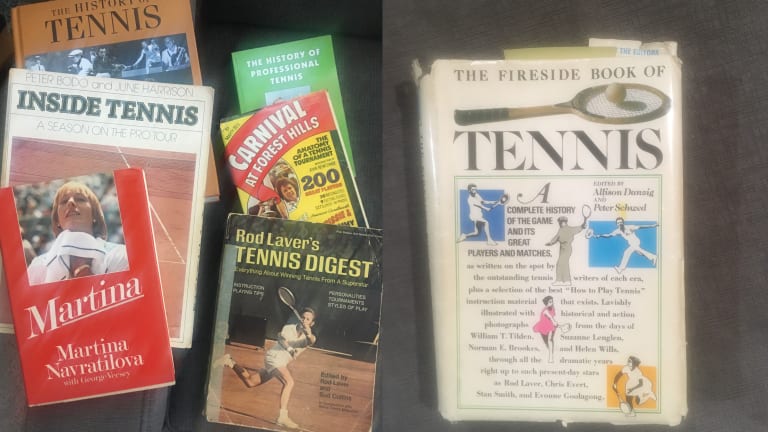International Tennis Hall Of Fame
A time travel odyssey: Fifty years as a tennis historian
By Jul 14, 2022International Tennis Hall Of Fame
Mary Carillo joins Roger Federer with election into International Tennis Hall of Fame
By Nov 19, 2025International Tennis Hall Of Fame
Roger Federer, Juan Martin del Potro lead 2026 nominees for the International Tennis Hall of Fame
By Oct 01, 2025International Tennis Hall Of Fame
Maria Sharapova, brothers Bob and Mike Bryan inducted into International Tennis Hall of Fame
By Aug 24, 2025International Tennis Hall Of Fame
"Surprise!" Serena Williams introduces Maria Sharapova at International Tennis Hall of Fame induction ceremony
By Aug 23, 2025International Tennis Hall Of Fame
Bob and Mike Bryan made music on and off the tennis court
By Aug 20, 2025International Tennis Hall Of Fame
Maria Sharapova was all business, no matter the medium
By Aug 20, 2025International Tennis Hall Of Fame
119 doubles titles, 16 Slams, Hall of Fame: How tennis’ legendary twins, Bob and Mike Bryan, did it all
By Aug 19, 2025International Tennis Hall Of Fame
Maria Sharapova's Hall of Fame induction is tennis royalty well-earned
By Aug 19, 2025International Tennis Hall Of Fame
International Tennis Hall of Fame launches “Be Legendary” youth program in Melbourne, Indian Wells and Miami
By Dec 05, 2024A time travel odyssey: Fifty years as a tennis historian
It’s a joy to commune so much with our sport’s rich history; back and forth, forward and back, again and again and again.
Published Jul 14, 2022
Advertising
Advertising

Helen Willis Moody was an all-timer, but in the 1926 "Match of the Century," she "met a baptism of fire which was strange and new to her," wrote James Thurber.
© AFP via Getty Images
Advertising

Some of the author's many tennis books of reference.